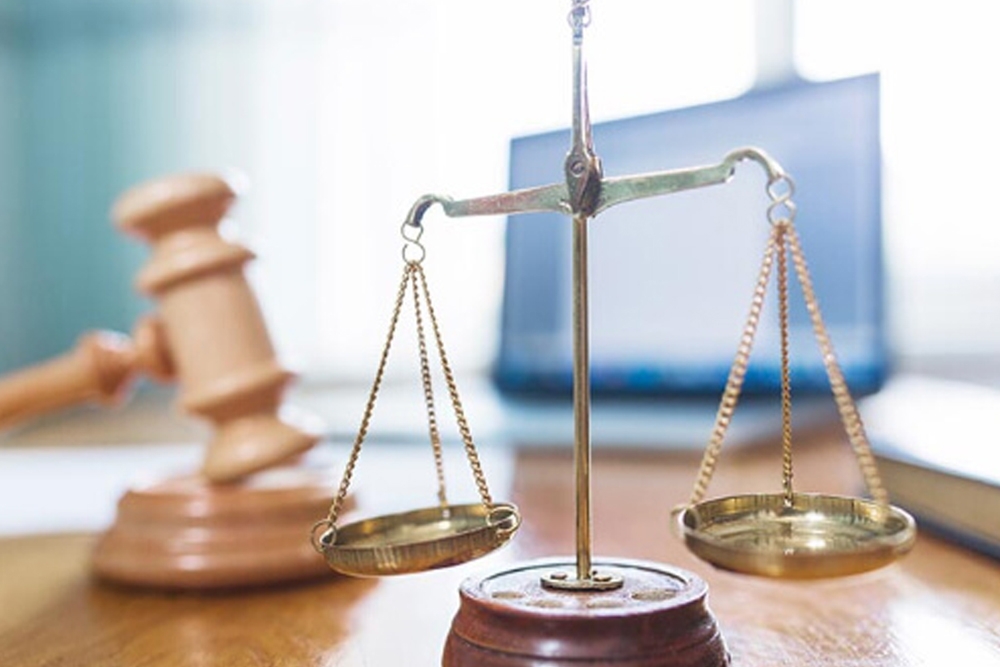When Debtors Can Discharge Debts in Chapter 7 After Chapter 13

The Bankruptcy Code does not let people file Las Vegas bankruptcy to discharge debts as often as they want. The law’s purpose is to help those who have fallen on hard times and have otherwise unpayable debts. If people could repeatedly discharge their debts, the economy would slow down considerably. As a result, the Bankruptcy Code enacts time limits between filings that disallow subsequent discharges. For example, the most commonly known one is between two chapter 7 filings. If you file a chapter 7 bankruptcy and receive a discharge, you cannot obtain a discharge again until eight years after the first case was filed. The time period is usually shorter after chapter 13 cases—four years for another chapter 13 and six years for another chapter 7—but there are two exceptions for those filing in chapter 7, according to § 727(a)(9) of the Bankruptcy Code.
- If the debtor completed the chapter 13 repayment plan and paid off 100 percent of the “allowed unsecured claims,” he or she need not wait six years to file in chapter 7 and obtain a discharge. Allowed unsecured claims are any claims that creditors filed with the bankruptcy court that were subject to the chapter 13 plan and are not secured by another asset, like a car or house. The Bankruptcy Code looks kindly on those who use chapter 13 to pay off all of their unsecured debts, treating them as though they’d never filed bankruptcy.
- The other situation occurs when the debtor pays off only 70 percent of the allowed unsecured claims of the chapter 13 repayment plan and the plan was “proposed by the debtor in good faith, and was the debtor’s best effort.” Again, the idea is that debtors who use bankruptcy to repay as many of their debts as they can should be treated better than those who merely use chapter 7.
Obviously, the circumstances where someone would strive for a chapter 7 discharge after a chapter 13 discharge are infrequent. Most of the time people use chapter 7’s discharge first to wipe away underwater subordinate mortgages and then file in chapter 13 to strip the lien, but there are times when a reverse-chapter-20 bankruptcy can be advantageous. For example, some business owners might hit a double-dip recession and need to liquidate their assets. Sometimes debtors suffer an injury that sends them back to bankruptcy court despite their efforts to wipe away their debts in chapter 13. Some people who aren’t able to pay off tax debts in chapter 13 or discharge them either might be able to do so later.
Knowing how to use the bankruptcy code strategically in such a manner is a compelling reason to hire an experienced Las Vegas bankruptcy lawyer rather than trying to go it alone.
For more questions about bankruptcy in Las Vegas, please feel free to contact an experienced Freedom Law Firm Las Vegas bankruptcy attorney for a free initial consultation. Call us at 1-702-803-9251 to set up your free consultation.
